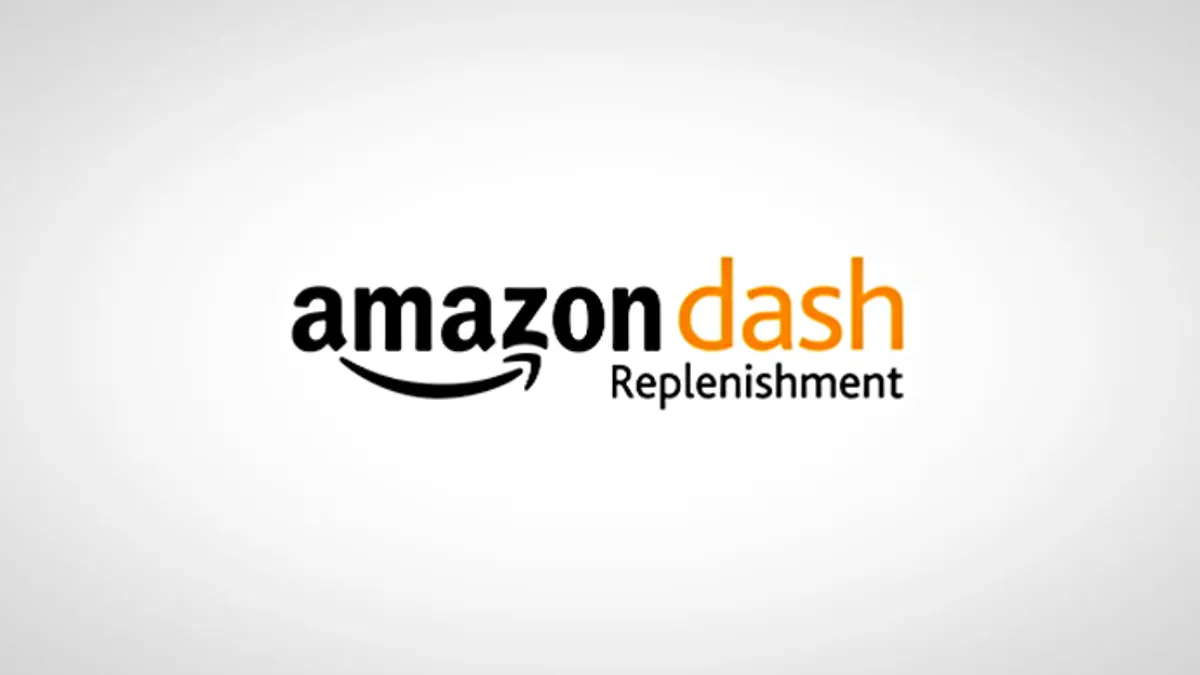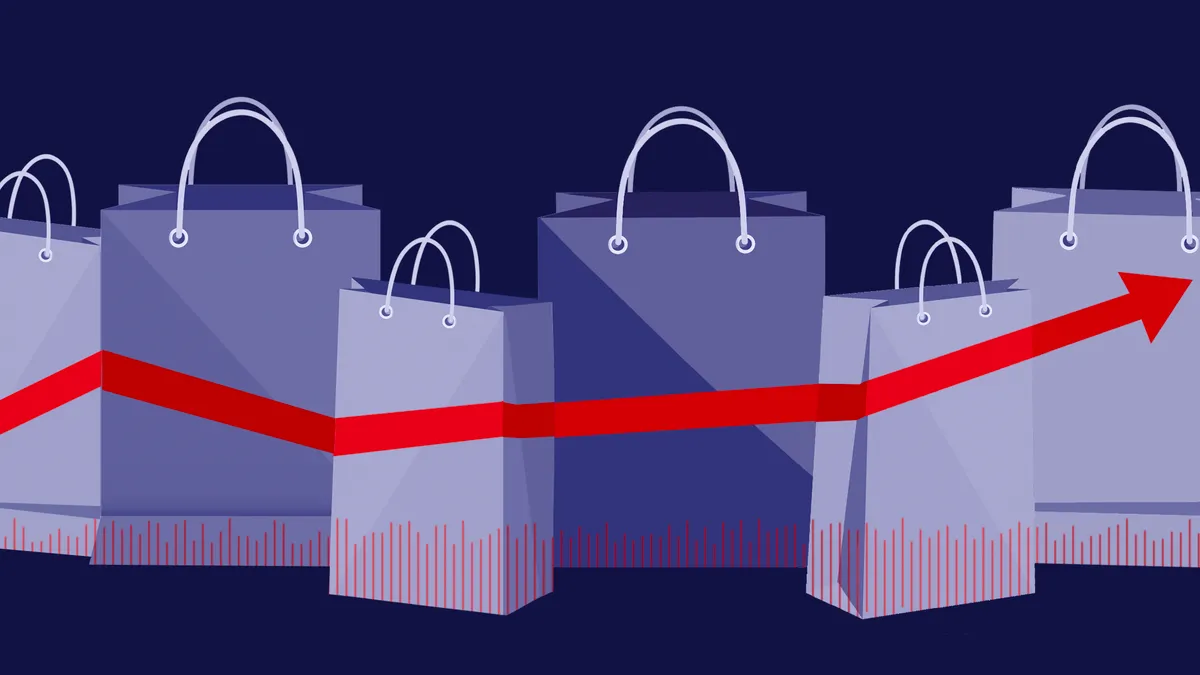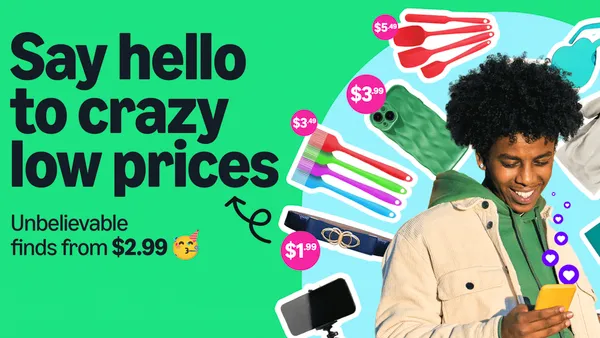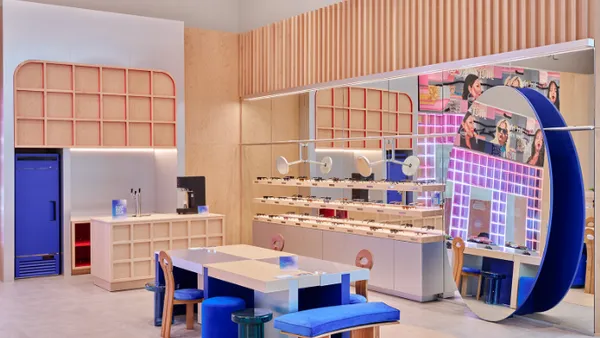Dive Brief:
-
Amazon has recruited more partners to its Dash Replenishment program, which leverages Wi-Fi sensors embedded in appliances and other items to enable automatic re-ordering of supplies for these products (trash liners for a smart trash can, for example) when customers run out of them.
-
The new partners in the Dash Replenishment program include medical smart device maker AESOP-Works, smart vacuum manufacturer Neato Robotics, smart pet company Petcube, trash can manufacturer Simplehuman and home automation company SmartThings. Existing partner GE also will add the Dash sensors to more its appliances.
- The first round of Dash-enabled appliances went live earlier this year, and in most cases they had a button that the customer would press to quickly re-order supplies instead of automated re-ordering capabilities.
Dive Insight:
Ladies and gentlemen, witness the Internet of Things at work. Why should a retailer like Amazon rely on the unpredictable whims of actual people purchasing their products when they instead can count on inkjet printers to become reliable, loyal returning customers?
However, Dash Replenishment isn't really the full embodiment of the IoT. It's more like a very specific, somewhat one-dimensional application of the IoT. That's worth noting because Amazon, true to form, is trying to jump ahead of the IoT evolution, and put its own imprint on that evolution before other retailers know what hit them.
It's doing this by convincing manufacturers to incorporate Amazon's own automated re-ordering application into their gear, as well as lining up the suppliers of the items used in conjunction with that gear. By closing the loop on that mini-ecosystem, Amazon, in the name of providing a customer convenience, diminishes the probablility of a customer neeeding to drive to the local store to buy more printer ink after realizing the printer has run dry.
In the Dash scenario, the printer registers that ink is running low, and automatically orders another cartridge—and just like that Amazon has usurped a mundane but necessary store visit from another retailer.
That's how it's supposed to work, anyhow. There have been questions about how quickly Dash Replenishment is being adopted by consumers, though Amazon has said popularity is growing rapidly.
Ongoing, the success of this service relies on at least two major things: Ease of use and ubiquity of supported products. The automated capability improves on the original Dash button customers were required to press for re-orders (ultimate ease-of-use means having to do nothing at all). And now, Amazon is being aggressive in the second area, both with the manufacturers and the providers of products their appliances rely on to function.
Meanwhile, the IoT continues to evolve, and those makers of appliances and other gear may have their own ideas about how the smart home will work, and what sorts of things smart appliances will do to make themselves useful. The IoT may yet catch up to Amazon, but Amazon is off to a nice head start.














